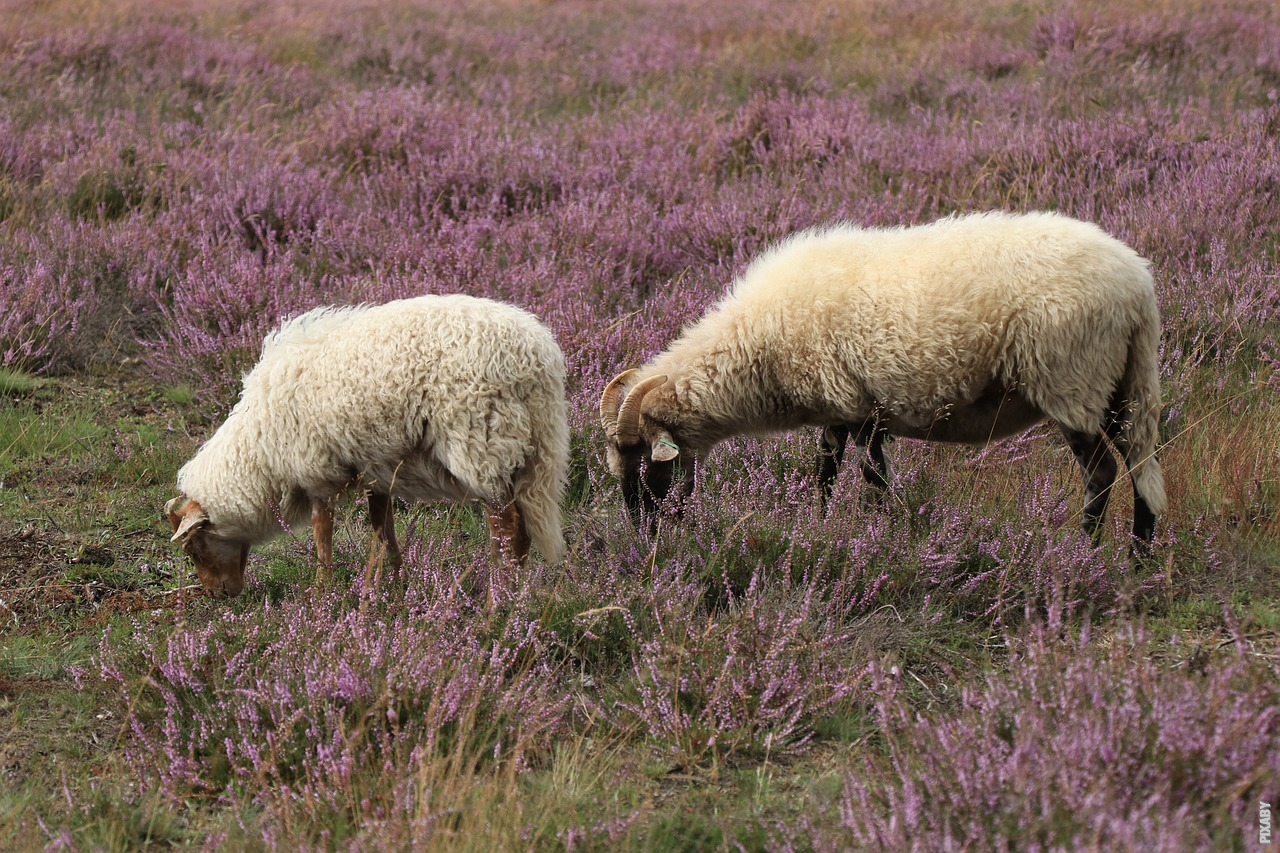The Remarkable Process of Sheep Wool Renewal
Sheep have been part of human civilization for thousands of years, providing us with wool, meat, and milk. But have you ever wondered if sheep shed their wool every year like other animals shed their fur? In this article, we will explore the fascinating world of sheep wool renewal, a process that leaves us in awe of nature’s ingenuity.
The Annual Transformation
Contrary to popular belief, sheep do not shed their wool in the same way that other animals shed their fur. Instead, these remarkable creatures undergo an annual transformation that ensures a fresh, warm coat every year.
The Growth Cycle
Sheep’s wool grows in a continuous cycle, consisting of three distinct phases: growth, rest, and regeneration. Let’s delve into each stage to better understand this incredible process.
Growth Phase
During the growth phase, specialized cells in the sheep’s skin called follicles produce new wool fibers. These fibers grow from the base of the follicles and gradually extend outwards, forming the familiar fleece we associate with sheep.
Rest Phase
Once the wool fibers reach their maximum length, the follicles enter a rest phase. This period can last for several weeks to a few months, during which the wool stops growing but remains firmly attached to the sheep’s body.
Post
Post
Regeneration Phase
After the rest phase, the regeneration phase begins. The old wool fibers loosen and separate from the sheep’s skin, making room for new wool growth. The sheep’s body naturally pushes out the old wool, and it eventually falls off or gets removed through shearing.
The Shearing Process
Shearing is a crucial practice in the wool industry, where skilled shearers carefully remove the wool from the sheep’s body. This process helps prevent the wool from becoming excessively long, tangled, or matted. Moreover, it ensures the sheep’s health and well-being, as heavy wool can cause discomfort and overheating.
A Symbiotic Relationship
The relationship between humans and sheep is a fascinating example of symbiosis. Humans provide sheep with food, shelter, and protection, while sheep provide us with wool, which is one of the most versatile and sustainable natural fibers known to mankind.
Conclusion
So, the next time you see a fluffy sheep grazing in the meadow, marvel at the incredible process of wool renewal happening beneath its cozy exterior. Nature’s ability to transform something as simple as sheep’s wool into warm garments is truly remarkable. And as we continue to appreciate and cherish this symbiotic relationship, let us remember the importance of sustainable practices to ensure the well-being of both sheep and humans alike.



